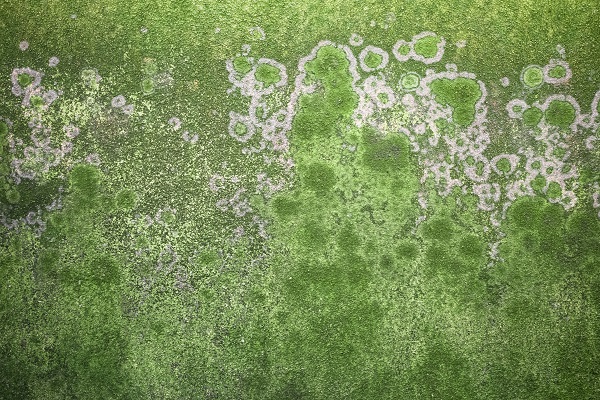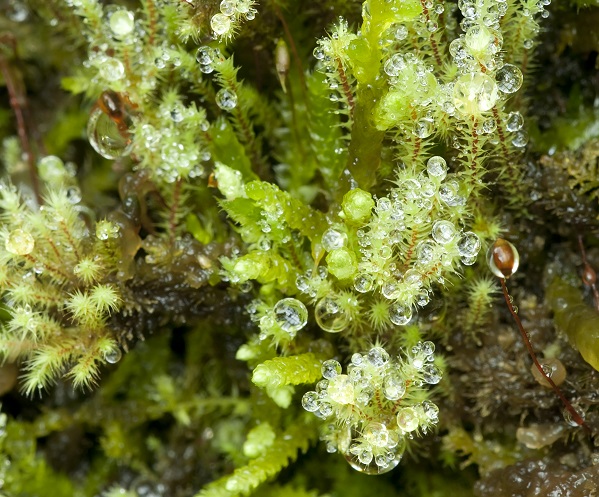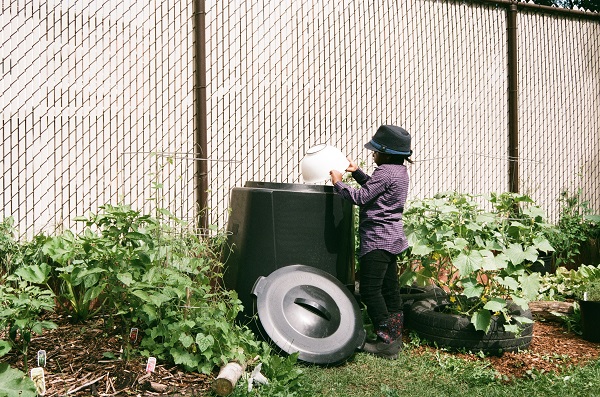
There are definitely some places where moss makes a charming floor covering (for example in woodland areas), but in your garden lawn is definitely not one of them. Untreated moss can quickly turn into dense mats, killing the grass underneath it. That's why it's so important that you treat moss in your lawn as early as possible.
Why does moss develop on lawns?
There are a few reasons why moss might develop on your lawn:
- Poor drainage
- Overly acidic soil conditions
- Insufficient aeration
- Shaded lawn
- Heavy footfall
- Grass cut too short
- Weak or unhealthy grass
Moss doesn't have roots, instead it feeds on whatever water and nutrients it can find on the surface of your lawn. It can spread really quickly and is probably one of the most common problems that we treat here at Lawn and Weed Expert.

What are the signs of moss in your lawn?
When trying to determine whether or not you have a moss problem on your lawn, you should look out for: green or yellow tufts between the grass, feathery/fern-like plants in the grass, an uneven texture, colour or surface. Some variety of mosses, particularly the ones found in waterlogged areas, will make your lawn feel spongy as you walk across it.
What's the best way to remove moss from your lawn?
Removing moss from your lawn begins with moss control chemicals that are designed to kill the moss. Incorrect application of these chemicals can further damage your lawn, so it's best to leave it to the professionals if you're not fully confident applying it yourself.
Once the moss has been successfully killed back, a thatch-like material will be left in your lawn. Unlike other types of lawn weeds, moss won't shrivel or rot away on its own, so physical intervention is required if you want to rid your lawn of moss for good. Leaving the dead moss on your lawn can actually cause you more problems later down the line as it begins to turn into thatch. This matted material will prevent water and nutrients from making its way to your lawn's roots, which will eventually kill your lawn!
The best way to remove the dead moss from your lawn is to thoroughly rake or scarify your lawn. Scarification is a great treatment for your lawn because it refreshes the surface of the soil, making your lawn far less susceptible to other lawn diseases!

How do you dispose of dead moss?
Disposing of your dead moss can be a little tricky. Generally, the advice is that you shouldn't put it in your green waste bin. Instead, you should try to compost the dead moss with other compostable materials. We love this option because it gives something back to the environment in the long run. Just remember that moss is a lot thicker and denser than other plants, so it might take a while to break down completely.
Note: You should not attempt to remove the moss before applying a suitable moss treatment. Raking or scarifying living moss can spread the moss around further, creating an even bigger problem to resolve!
Tips to prevent moss from returning
Once you've gone to the trouble of dealing with the moss in your lawn, you want to make sure it won't return! Here are a few of our tips to help you keep the moss at bay:
If you have a problem with moss in your lawn - we can help. We offer a Moss Control service that covers all of the steps mentioned in this blog. We apply professional moss control products and scarify your lawn to eradicate the problem. Plus, we can offer other services to help you maintain a healthy lawn from here on out.
Professional Moss Control Service >